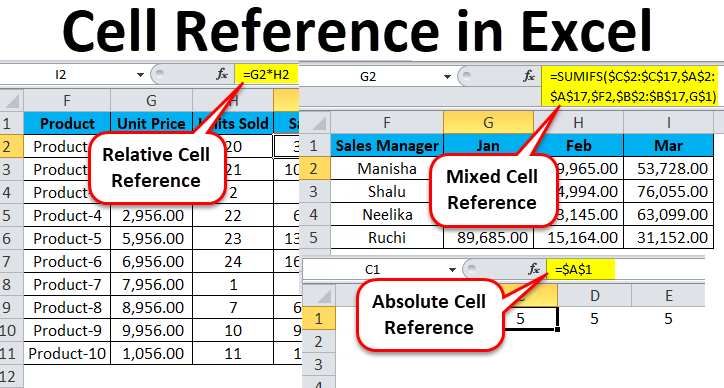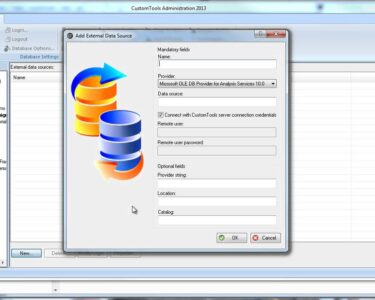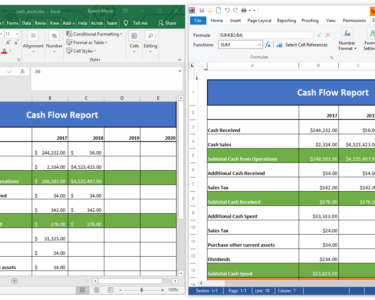
Microsoft Excel: Mastering Cell Referencing
Introduction
Cell referencing is a fundamental skill in Microsoft Excel that allows you to create formulas and perform calculations that reference data from other cells. Mastering cell referencing techniques is crucial for building robust and efficient spreadsheets. This article will guide you through the different types of cell references, their uses, and best practices for using them effectively.
Types of Cell References
There are three main types of cell references in Excel:
- Relative References: These references adjust dynamically when you copy or move formulas. If you change the row or column of the formula, the cell reference will update automatically. For example, the formula
=A1+B1will add the values in cells A1 and B1. If you copy the formula to cell C2, it will adjust to=C2+D2. - Absolute References: These references remain fixed when you copy or move formulas. This is indicated by using a dollar sign ($) before the row or column, or both. For example, the formula
=$A$1+B1will always refer to cell A1, regardless of where the formula is copied or moved. - Mixed References: These references combine relative and absolute references. For example, the formula
=$A1+B$2will always refer to cell A1 but will adjust the row reference when copied or moved.
Choosing the Right Reference Type
The type of cell reference you choose depends on the purpose of your formula.
- Relative References: Use relative references when you want the formula to adjust automatically when copied or moved. This is useful for creating formulas that can be applied to multiple cells or rows.
- Absolute References: Use absolute references when you want the formula to refer to a specific cell or range, regardless of its position in the spreadsheet. This is important for formulas that depend on specific data values.
- Mixed References: Use mixed references when you want to lock a specific row or column reference while allowing the other reference to adjust.
Best Practices
Follow these best practices for using cell references effectively:
- Use descriptive cell references: Give cells meaningful names to make your formulas easier to understand and maintain.
- Avoid circular references: Circular references can cause Excel to display errors or incorrect results. Make sure your formulas do not refer to themselves directly or indirectly.
- Use functions for complex calculations: Excel provides a wide range of functions that can simplify complex calculations. Avoid using multiple nested formulas when a function can accomplish the same result.
- Use Range Names: Create range names to represent groups of cells or ranges. This allows you to write formulas that are more readable and maintainable.
Conclusion
Mastering cell referencing in Microsoft Excel is essential for building accurate and efficient spreadsheets. By understanding the different types of references and their uses, you can create formulas that effectively calculate and manipulate data. Remember to use descriptive references, avoid circular references, utilize functions, and consider using range names to improve the readability and maintainability of your worksheets.


